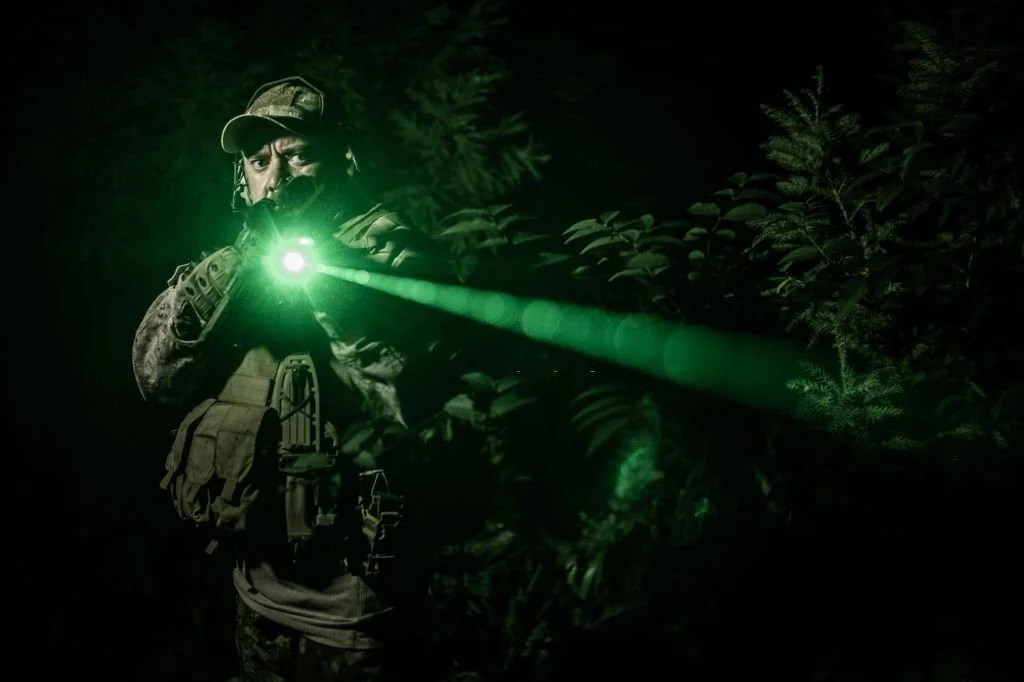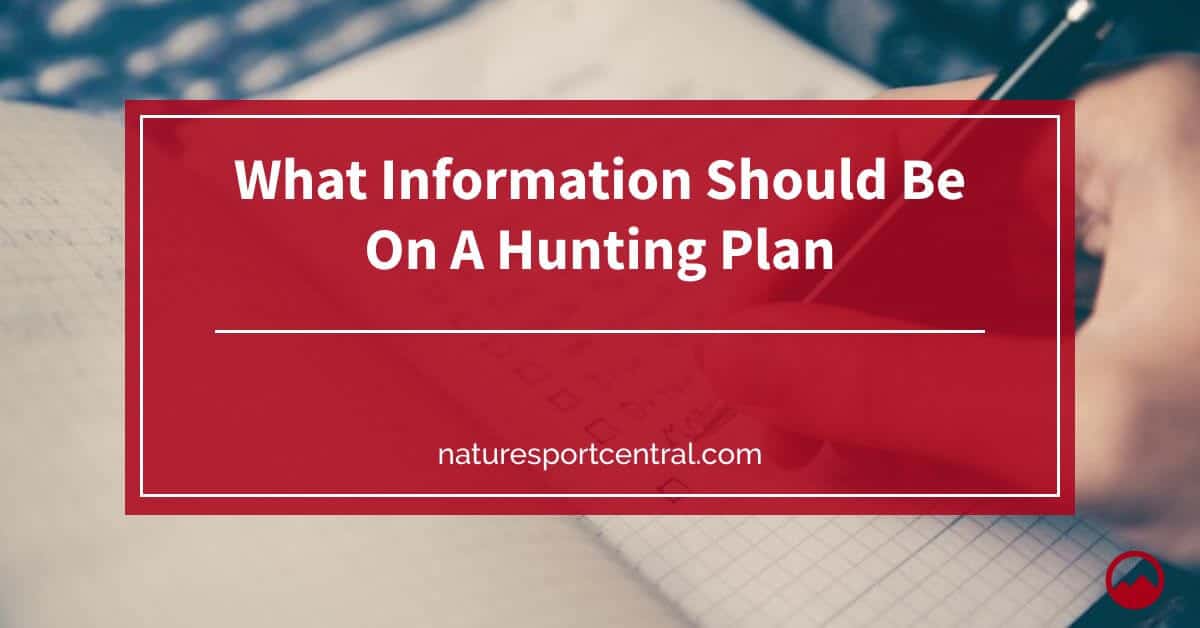Planning for a hunting trip is more than just packing gear and heading out into the wild. It requires careful consideration and organization to ensure safety, efficiency, and success. A well-structured hunting plan outlines critical information that not only guides the hunter but also enhances the experience for everyone involved. Whether you're a seasoned hunter or a novice, understanding what information should be on a hunting plan is essential.
Creating a hunting plan involves various elements, including identifying the hunting location, understanding the regulations, and ensuring safety protocols are in place. Without a solid plan, hunters may find themselves unprepared for challenges that could arise during their trip. This article will delve into the significant components that should be included in your hunting plan, providing a comprehensive guide to making your next hunting adventure both enjoyable and safe.
Ultimately, having a well-thought-out hunting plan not only prepares you for the hunting experience but also contributes to responsible and ethical hunting practices. By following the guidelines laid out in this article, you can ensure that you have all the necessary information at your fingertips, making your hunting trip a rewarding experience.
What Key Elements Should Be Included in a Hunting Plan?
When creating a hunting plan, it is crucial to include the following elements:
- Hunting location details
- Hunting dates and times
- Weather conditions and forecasts
- Species targeted and regulations
- Emergency contact information
- Equipment and gear checklist
- Transportation and access routes
- Safety protocols and first aid measures
Why is Identifying the Hunting Location Important?
Identifying the hunting location is one of the most critical aspects of any hunting plan. This includes details such as:
- The specific area or terrain to be hunted
- Access points and parking areas
- Maps of the hunting area
- Local wildlife management guidelines
How Do Weather Conditions Affect Your Hunting Plan?
Weather can have a significant impact on hunting conditions and animal behavior. It is essential to monitor:
- Temperature and precipitation forecasts
- Wind direction and speed
- Seasonal changes affecting wildlife movement
What Species Are You Targeting and What Are the Regulations?
Understanding the species you intend to hunt is vital for a successful outing. This includes:
- Researching the specific regulations for that species
- Knowing the hunting seasons and bag limits
- Acquiring the necessary licenses and permits
How Should You Prepare an Equipment and Gear Checklist?
Having the right gear is essential for a successful hunting trip. Your equipment checklist should include:
- Firearms or bows and ammunition
- Clothing suitable for the weather
- Camping gear if staying overnight
- Safety equipment such as first aid kits and navigation tools
What Emergency Contact Information Should You Include?
Safety should always be a priority when hunting. Including emergency contact information in your hunting plan can be lifesaving. Make sure to include:
- Local emergency services contact numbers
- Contact information for your hunting companions
- Your planned itinerary and expected return time
How Do You Ensure Safety Protocols Are in Place?
Safety is paramount in any hunting plan. To ensure everyone remains safe, incorporate the following protocols:
- Review and follow all local hunting laws
- Establish clear communication methods among hunting partners
- Designate a meeting point in case of separation
- Carry a first aid kit and know basic first aid procedures
What Transportation and Access Routes Should Be Planned?
Planning your transportation and access routes can save time and prevent potential issues. Be sure to:
- Identify the best routes to the hunting location
- Consider alternative routes in case of road closures
- Prepare a map of the area with marked trails and landmarks
How Can You Adapt Your Hunting Plan Based on Experience?
As you gain more experience in hunting, your planning will evolve. Consider these tips for adapting your hunting plan:
- Reflect on past hunts to identify areas for improvement
- Stay updated on hunting techniques and wildlife behavior
- Be flexible and willing to adjust plans based on conditions
In conclusion, a well-thought-out hunting plan is essential for a successful and safe hunting experience. By considering the necessary information outlined in this article, you can enjoy your time in the great outdoors while ensuring safety and compliance with regulations. Remember to review your plan regularly and adjust it as needed to enhance your future hunting adventures.



ncG1vNJzZmixn6PAtr7IZqWeq6RjsLC5jpycpZ2Sp7a1xZJorqGZpGK2r7LOq6SarJmku26%2Fx6ispZxdl7Juu81mmGagpaPBqrrGZqelmZ5jtbW5yw%3D%3D